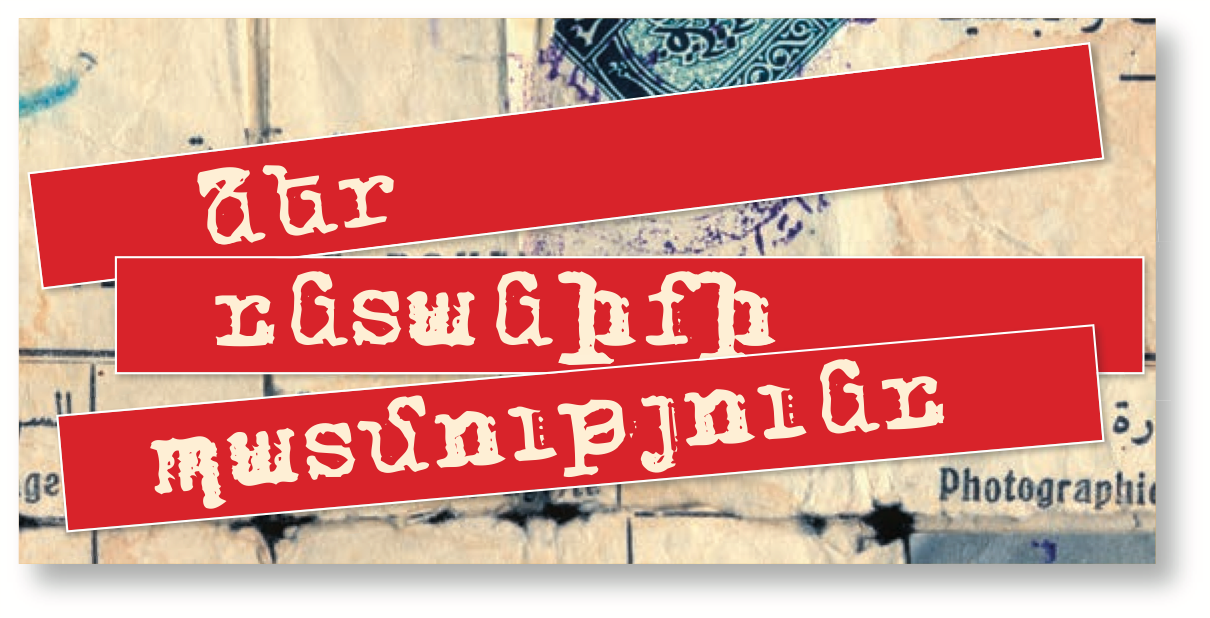When halting the repatriation, the Soviet leadership didn’t take into account the fact that thousands of Armenian families overseas, after selling their belongings and leaving their jobs, found themselves in a precarious position. Nevertheless, from 1946-1949 some 90,000 Armenians relocated to Soviet Armenia. They integrated into the economic and social-political life of the republic; albeit with difficulty. They became full citizens of the soviet country, made great contributions to the Armenia’s industrial sector, and to the development of Soviet Armenian culture and science. While the post-war repatriation of Armenians was the largest such occurrence, it remains poorly researched. One can even say that the Great Repatriation of 1946-1949 has remained outside the field of vision of Soviet historiography. In modern Russian historiography, Armenian population movements are also studied rarely. Furthermore, the post-war repatriation and the 1949 exile are regarded as two distinct subjects.
Articles
IMMIGRATION OF THE ARMENIANS OF THE DIASPORA TOWARDS THE RSS OF ARMENIA 1946-1962
The history of Armenia is marked by permanent migratory movements of its population pressed abroad by wars, invasions, oppression and massacres. This article studies the recent phenomenon of the mass-return of the Armenian diaspora to its fatherland, organized by the USSR after the Second World War. After having defined the essential diplomatic and strategical reasons of the movement, the article analyzes the propaganda themes making use of the national question and their impact. It goes on to examine the integration of the immigrants in their host-country, Soviet Armenia, its specific problems and a certain failure. The question then arises whether the diaspora constitutes the only aspect of the national Armenian problem the sole solution of which would be immigration.
Ստալինի աշխարհաքաղաքական նկրտումները եւ հայերի հայրենադարձությունը 1946-1948
The desire of Armenians in the diaspora to immigrate to Soviet Armenia was to be expected. From 1921-1936, more than 40,000 refugee Armenians had voluntarily immigrated to Soviet Armenia. Their number would have been larger had the Soviet Union not cut all ties with the diaspora in 1937. It is also clear that in the nine years that followed, the desire of a large segment to immigrate to Soviet Armenia remained alive. If their desire to live in Armenia remained unchanged, what had changed in the perspectives of Stalin, so that he all of a sudden remembered the Armenians of the diaspora and, disregarding the serious situation the country faced, allowed them to immigrate.
Репатриация и депортация армян во второй половине 1940-х годов
The paper is devoted to repatriation of Armenian population to the USSR in 1946–1948 and their deportation from south regions of the Soviet Union to the Altai territory in 1949. The quantity of this particular category of forces migrants, as well as structure of their settlement and local policy on adaptation and regional distribution is clarified first time in historiography on the basis of new data from central and the Altai territory archives. The author believes that the Armenian (Dashnak) special contingent was partially formed by repatriated population.
Longing and belonging: issues of homeland in the Armenian diaspora
For centuries there has been no single, clearly defined center and periphery acknowledged by all Armenians. The question of return is equally ambiguous, as people have been haunted by the memories of the smells and sights of their old village or town while gradually becoming more at home in their new space, in diaspora.
Депортация армян в Алтайский край в 1949 г.
Թեեւ հայերի հետպատերազմյան հայրենադարձությունն ամենազանգվածայինն էր, բայց այն լավ ուսումնասիրված չէ։ Կարելի է ասել անգամ, որ 1946-48 թվականների Մեծ Հայրենադարձությունը դուրս է մնացել սովետական պատմագիտության տեսադաշտից։ Ժամանակակից ռուս պատմագիտության մեջ հայ բնակչության տեղաշարժերը եւս քննվում են հատվածաբար, ավելին՝ հետպատերազմյան հայրենադարձությունը եւ 1949 թվականի աքսորը դիտարկվում են որպես երկու առանձին սյուժեներ։
Հայրենադարձության ինտեգրման եւ ադապտացման խնդիրները 1946-1948
But there were also those, not few in number, who took a closer look at the situation, understanding that in the post-war period the country could face numerous unresolved problems and that certain difficulties awaited them. People who thought this way went to the homeland, prepared to rebuild the fatherland with their labor. They not only brought personal items with them, but also tools of the trade, professional equipment, lathes and machines, raw materials, cultural values.



















